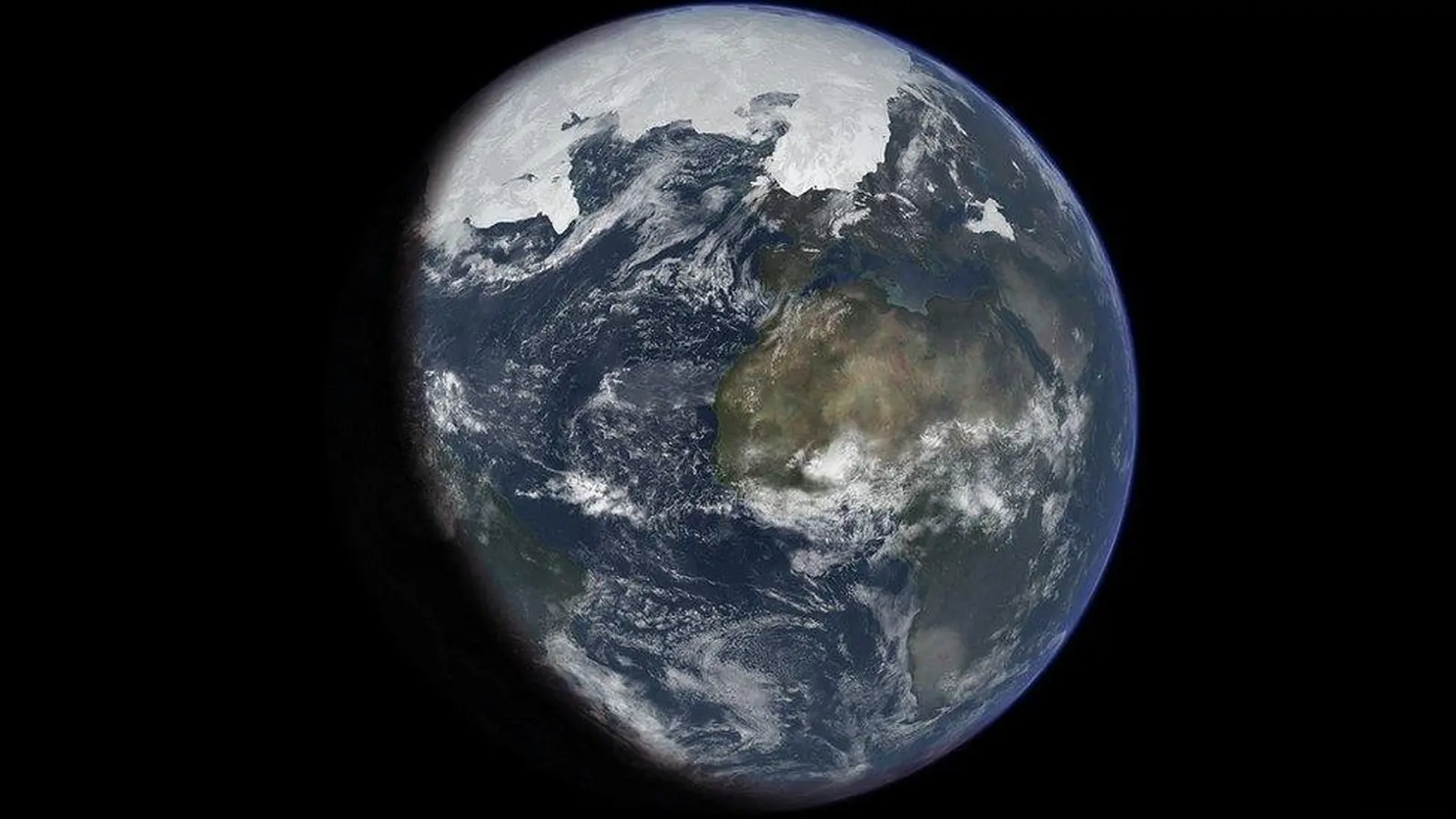5 Minutes
New Earth System modeling suggests that the planet's response to long-term warming may not be a steady return to equilibrium driven only by rock weathering. Instead, researchers propose a powerful ocean-based feedback loop — driven by nutrient delivery, marine productivity, oxygen loss and carbon burial — that could overcompensate for rising CO2 and push the climate into a prolonged cooling phase, potentially even an ice age over geological timescales.

New research suggests that Earth’s ancient ice ages may have been triggered not just by rock weathering, but by a powerful ocean feedback loop, one that could, in time, cool the planet again.
Scientific background: carbon sinks, silicate weathering, and nutrient cycling
For decades, silicate rock weathering has been treated as the central, long-term thermostat of Earth’s climate. Rainwater absorbs atmospheric CO2 and reacts with exposed silicate minerals. Dissolved carbon and calcium are transported to the oceans, where they contribute to shell and reef formation; the resulting carbonate sediments bury carbon on the seafloor and eventually lock it away in the crust. This negative feedback—faster weathering at higher temperatures—tends to stabilize surface temperatures over millions of years.
But geological records show episodes of near-global glaciation that silicate weathering alone cannot fully explain. New modeling work from researchers including Dominik Hülse and Timothy Ridgwell integrates additional ocean processes — notably the role of phosphorus and other nutrients — to show how marine biogeochemistry can amplify carbon removal and drive much stronger cooling than weathering predicts.
Ocean mechanisms: nutrients, oxygen loss, and carbon burial
When atmospheric CO2 rises and the climate warms, increased weathering and runoff deliver larger nutrient loads (especially phosphorus) to the ocean. These nutrients fertilize phytoplankton and other algae, boosting primary production and the biological pump: more organic carbon is produced, sinks, and becomes buried in sediments.
However, the model highlights a crucial secondary effect. Enhanced organic matter export increases respiration in subsurface waters and sediments, consuming oxygen. Lower ocean oxygen promotes the remobilization and recycling of phosphorus from sediments back into the water column. That recycled phosphorus fuels still more biological production, creating a positive feedback loop: more nutrients → more algae → more oxygen loss → more nutrient recycling.
Over hundreds of thousands of years, this feedback can significantly increase carbon burial on the seafloor, lowering atmospheric CO2 beyond what rock weathering alone would achieve. The integrated Earth System model developed by Hülse, Ridgwell, and colleagues shows that such an overcorrection can produce cooling large enough to initiate glaciation in some scenarios.
Model advances and why this matters
These results come from improved, process-rich Earth System models that include explicit coupling between sedimentary phosphorus cycling, ocean oxygenation, and global carbon reservoirs. According to lead modelers, when these nutrient-oxygen interactions are included, the climate system no longer always returns smoothly to its prior state after warming; instead, it can overshoot toward greater cooling. Simulations that omit these ocean feedbacks fail to reproduce the extreme glaciations evident in parts of Earth’s deep past.
Key discoveries and implications for the future
The study offers two interconnected insights. First, low atmospheric oxygen concentrations in Earth’s early history may have made nutrient recycling and oxygen-poor oceans more common, enabling stronger nutrient feedbacks and the extreme ice ages recorded in ancient sediments. Second, human-driven CO2 emissions today could, in principle and over very long timescales, activate analogous feedbacks that enhance carbon burial and eventually cool the planet. However, the researchers emphasize important caveats: modern atmospheric oxygen levels are higher than in many past intervals, which tends to weaken the nutrient recycling feedback, and the timescales involved are on the order of hundreds of thousands to millions of years — far too slow to offset current anthropogenic warming on human-relevant timescales.
As Ridgwell notes, the timing of a natural return to glaciation is less relevant than the urgent need to limit contemporary warming: relying on slow Earth System feedbacks will not protect societies from the near-term impacts of climate change.
Expert Insight
"The model exposes how closely linked ocean chemistry and climate truly are," says Dr. Karen Lopez, a climate systems scientist (fictional). "It’s a reminder that carbon sinks operate on multiple timescales and that ocean deoxygenation can fundamentally alter nutrient budgets and the trajectory of climate recovery after warming."
Conclusion
The updated Earth System models show that ocean nutrient dynamics and oxygen loss can produce a long-term cooling overshoot, potentially contributing to ancient global glaciations and, in principle, influencing far-future climate trajectories. These findings refine our understanding of Earth’s climate sensitivity and highlight the importance of including marine biogeochemical feedbacks in projections. Practically, they reinforce that mitigating current CO2 emissions remains essential: even if natural processes will eventually draw down atmospheric carbon, those processes operate too slowly to prevent the social and ecological consequences of near-term warming.
Source: scitechdaily


Leave a Comment